What is a solar substation and how to customize yours with RatedPower software


Jeremy Vickerman
Senior Content Manager
Senior Content Marketing Manager at RatedPower with extensive experience in content strategy, production, and communications. Over a decade of expertise spanning marketing, recruitment consulting, and public relations across the UK and Spain, with a strong track record in driving brand visibility and audience engagement.


Enio Gjoni
Sr. Product Owner
Enio Gjoni is an electrical engineer with expertise in power system analysis and studies. Having dedicated 5 years contributing in the "Control Room of the Future" for transmission utilities, by being part of the implementation team of cutting-edge SCADA/EMS/AGC systems, he has joined RatedPower as a Senior Product Owner in the Interconnection team, committed in bringing to the users a top-tier software solution for solar power studies.
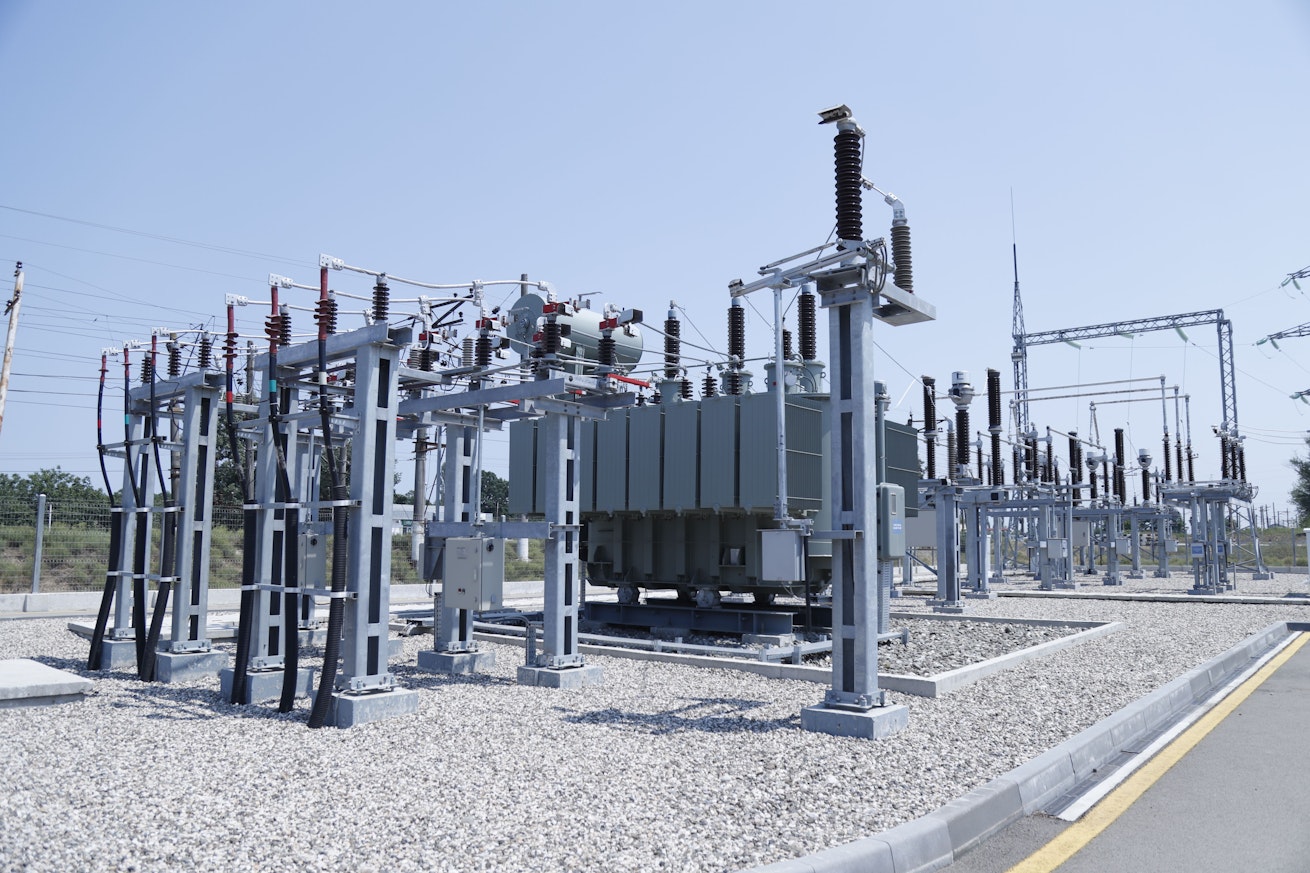
Discover the role of solar substations in PV systems and how RatedPower helps you customize your substation for efficient power conversion and grid integration.
Content
- What is a Substation?
- How do PV substations manage electrical energy?
- What are the different types of high voltage solar substation?
- Substation Components
- Substation Safety and Security
- How do you design your distribution substation with RatedPower software?
- How do you customize your substation with RatedPower software?
What is a Substation?
Substations are the unsung heroes of the electrical grid, critical installations that make it possible to produce, regulate, and distribute electricity efficiently and safely.
At their core, substations are designed to convert voltage levels, enabling electricity to travel long distances across the country and then flow reliably into local neighborhoods, homes, businesses, and buildings.
By housing key equipment such as transformers, substations step voltage levels up or down as needed. This essential transformation ensures electricity is transmitted securely over the grid and delivered where it’s needed, when it’s needed.
Without substations, the seamless flow of energy across our lives simply wouldn’t be possible.
In the context of utility-scale PV plants, substations play a vital role in connecting clean, renewable energy to the grid. They transform the medium voltage generated by solar inverters into high voltage levels suitable for transmission, enabling solar power to reach far beyond the plant’s footprint.
How do PV substations manage electrical energy?
PV substations serve as the critical link between solar power generation and the broader electrical grid. Once electricity is generated by the photovoltaic (PV) modules and converted from DC to AC by inverters, it enters the substation for further processing.
At this point, the substation manages electrical energy in two key ways: voltage transformation and power flow control. Using transformers, the substation steps up the voltage from medium to high levels, making it suitable for long-distance transmission. At the same time, it regulates power quality, manages reactive power, and ensures that the energy delivered is stable, efficient, and grid-compliant.
Through intelligent monitoring and control systems, PV substations also help optimize energy output, respond to grid demands, and support the integration of renewable power into a reliable and balanced electrical network.
What are the different types of high voltage solar substation?
There are several types of substations, each serving a specific purpose in the electrical grid. The main types of substations include:
Transmission Substations: These substations connect multiple transmission lines, facilitating the routing and switching of high-voltage electricity between different parts of the transmission network. They may include transformers to adjust voltage levels as needed.
Distribution Substations: Serving as intermediaries between the transmission system and local distribution networks, distribution substations step down high-voltage electricity to lower voltages suitable for residential and commercial use.
Collector Substations: Collector substations aggregate electricity generated from multiple sources, step up the voltage, and feed it into the transmission network.
Converter Substations: These substations convert alternating current (AC) to direct current (DC) or vice versa, enabling the interconnection of different power systems, such as high-voltage direct current (HVDC) transmission lines.
Substation Components
A substation typically consists of several components, including:
Transformers: These are the primary components of a substation, responsible for transforming voltage levels to ensure safe and efficient transmission and distribution of power.
Circuit Breakers: These are used to interrupt the flow of current in case of a fault or overload, protecting the substation and the electrical grid from damage.
Switchgear: This refers to the combination of electrical switches, circuit breakers, and other equipment used to control and protect the substation.
Busbars: These are conductors that connect the various components of the substation, allowing for the transmission of power.
Instrument Transformers (CTs & VTs): Current Transformers (CTs) and Voltage Transformers (VTs) reduce high current and voltage levels to measurable values for metering and protection systems.
Protection and Control Equipment: This includes devices such as relays, meters, and control systems that monitor and control the substation’s operation.
Communication Systems: Fiber optics, wireless links, and RTUs that connect the substation to the control center for real-time monitoring and remote control.
Substation Safety and Security
Substations are critical infrastructure that require careful planning, design, and operation to ensure safety and security. Some of the key safety and security considerations include:
Electrical Safety: Substations are inherently dangerous due to the high voltages and currents present. Electrical safety measures, such as insulation, grounding, and personal protective equipment, are essential to prevent electrical shock and injury.
Physical Security: Substations are often located in remote areas and are vulnerable to vandalism, theft, and terrorism. Physical security measures, such as fencing, surveillance cameras, and access control, are necessary to prevent unauthorized access and protect the substation.
Cybersecurity: Substations are increasingly reliant on digital technologies, making them vulnerable to cyber threats. Cybersecurity measures, such as firewalls, intrusion detection systems, and encryption, are necessary to protect the substation’s control systems and prevent cyber attacks.
Environmental Safety: Substations can have environmental impacts, such as electromagnetic interference and noise pollution. Environmental safety measures, such as shielding and noise reduction systems, are necessary to minimize these impacts and ensure compliance with regulations.
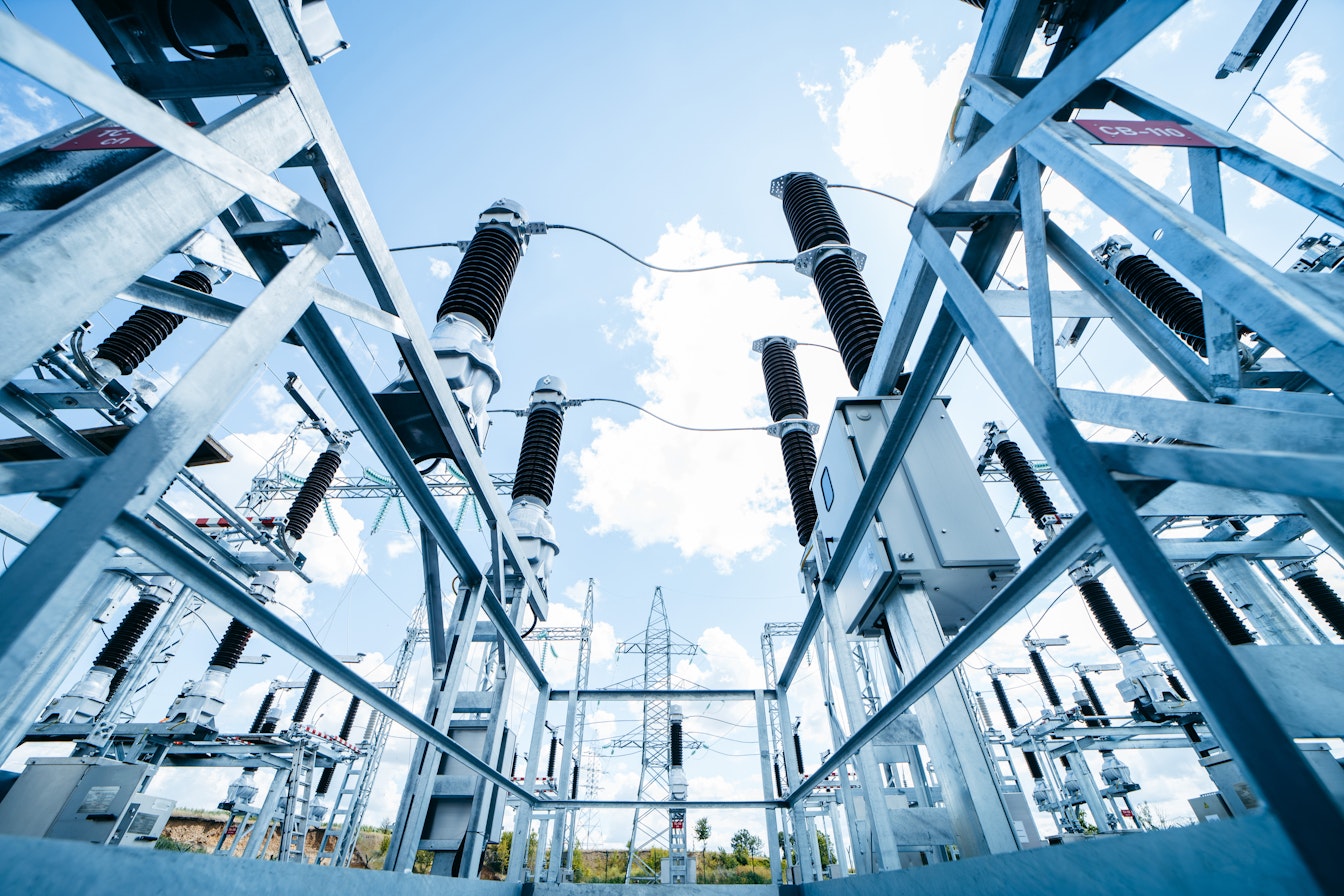
How do you design your distribution substation with RatedPower software?
RatedPower makes it simple for engineers to design a substation that helps them achieve the highest power rating possible while still considering factors such as grid operators requirements and applicable standard. Substations connect to the grid through overhead power lines, which transfer high-voltage electricity over long distances.
RatedPower software can automatically generate complete single-line diagrams showing the basic engineering of a step-up substation. Before the software generates your diagrams, you can input related parameters to manually configure the system. RatedPower’s software will generate fully detailed reports alongside your diagrams within minutes.
Each substation’s component is calculated based on the project characteristics while fulfilling the requirements of the International Electrotechnical Commission (IEC) standards or Institute of Electrical and Electronics Engineers (IEEE) standards, depending on your choice.
RatedPower software makes it easy to gather all the required documents for your substation, select the most efficient transformer arrangement, calculate transformer losses, optimize power generation based on substation grid requirements, and more.
RatedPower’s automated functions will generate your solar substation design and define an air-insulated substation (AIS). It will also automatically select the type of substation’s arrangement out of the following options:
Line-to-transformer. The line-to-transformer substation connects the PV plant to the grid directly without using a busbar. It is the simplest substation layout.
Single busbar. A single busbar is established to allow operational and flexible bay configurations.
Double busbar. Two busbars are established to allow operational and flexible bay configurations, increase supply security, and improve availability during maintenance periods.
Users can also manually select the arrangement of their choosing at this stage.
Click here for a more detailed look at how to design your substation with RatedPower.
How do you customize your substation with RatedPower software?
Every solar PV system is different, which means there is no standard configuration for solar substations. It is crucial to consider the substation site for safety and operational efficiency, as substations must limit electromagnetic fields (EMFs) and be secured to prevent unauthorized access. To accommodate this, we have included some inputs into our software that let users customize the automated substation design process using their specific requirements.
The customization inputs are hidden by default but can be enabled by clicking on the “Manually choose a type of arrangement for the substation” button in the Grid Point tab under “connection type.” RatedPower will automatically size the substation if this option is not chosen.
After choosing to manually input, you will be able to see the following options:
Select the line-to-transformer arrangement - Choose between a single or double busbar arrangement or a line-to-transformer arrangement.
Select the power transformation type - Choose either a two-winding or three-winding transformer.
Size the power transformer manually - Ether size the transformer by capacity or by the number of bays.
When choosing to manually size the power transformer, you have further options, including:
Specify the capacity of the transformer - Define the power transformer capacity, which will determine the number of bays.
Select the number of bays - Define the number of bays, which will determine the power transformer capacity. If sizing by the number of bays, the actual number when generating the design can differ from the one defined because of electrical incompatibility. If you have chosen a “line to transformer arrangement”, these options will not be available.
Select the number of output bays - Define the number of output bays of your transformers.
For all the above options, RatedPower will recommend the best standard value. This will allow you to fill any gaps when using the manual option for solar substation design. All of your changes will be reflected in the documents generated by RatedPower.

Design utility-scale solar at lightning speed
Webinar: Beyond inverters: capacitor banks in power factor strategies
Join our Sr. Product Owner, Enio Gjoni, to see first-hand the flexibility within RatedPower’s platform for selecting different power factor strategies.
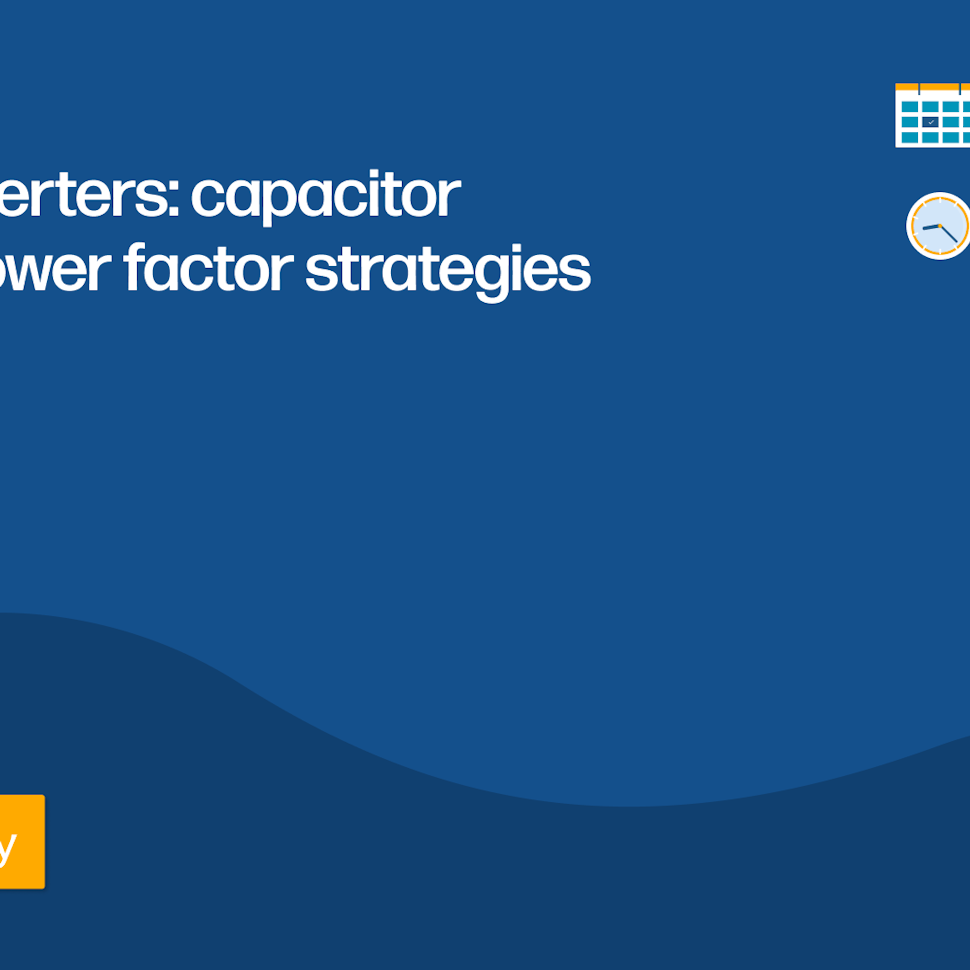
Latest stories
Related glossary posts
Technology and engineering
How solar zenith and azimuth impact panel efficiency
Updated 8 SEP, 25

Technology and engineering
Albedo and Solar Power: What You Should Know
Updated 8 SEP, 25
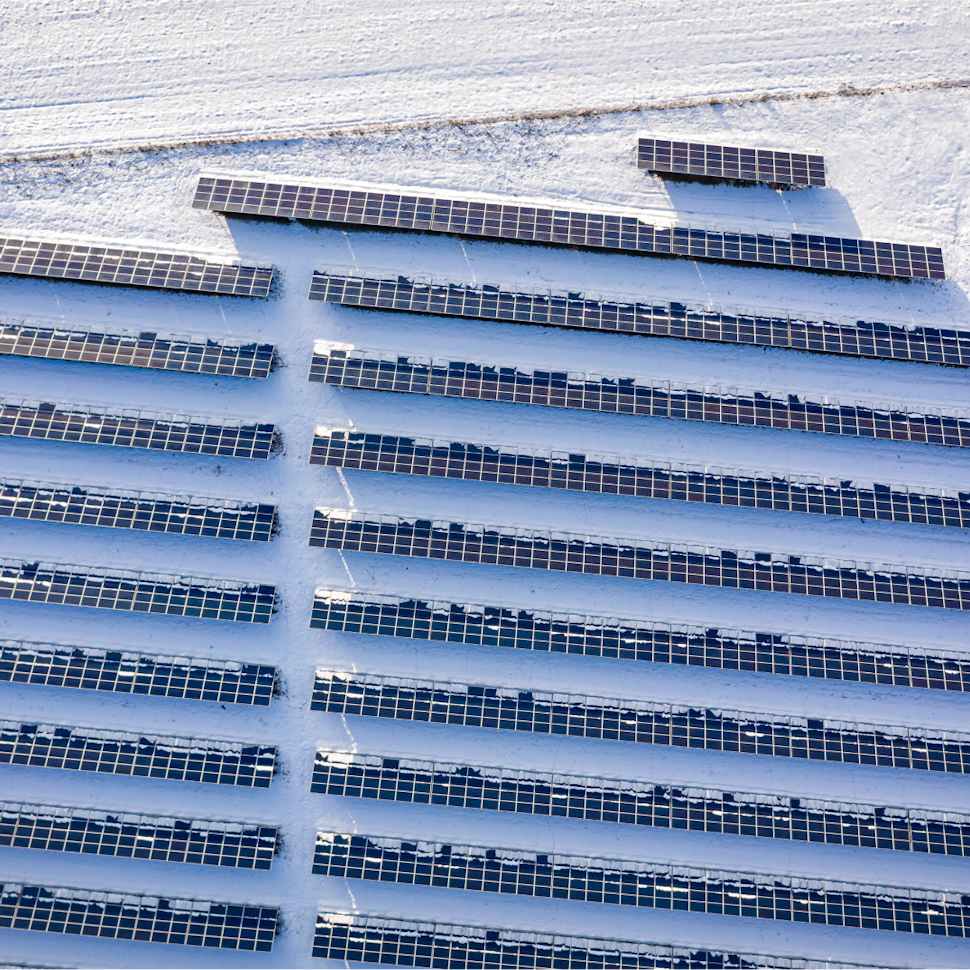
Technology and engineering
What is a solar combiner box and why is it used in photovoltaic designs?
Updated 25 MAR, 25
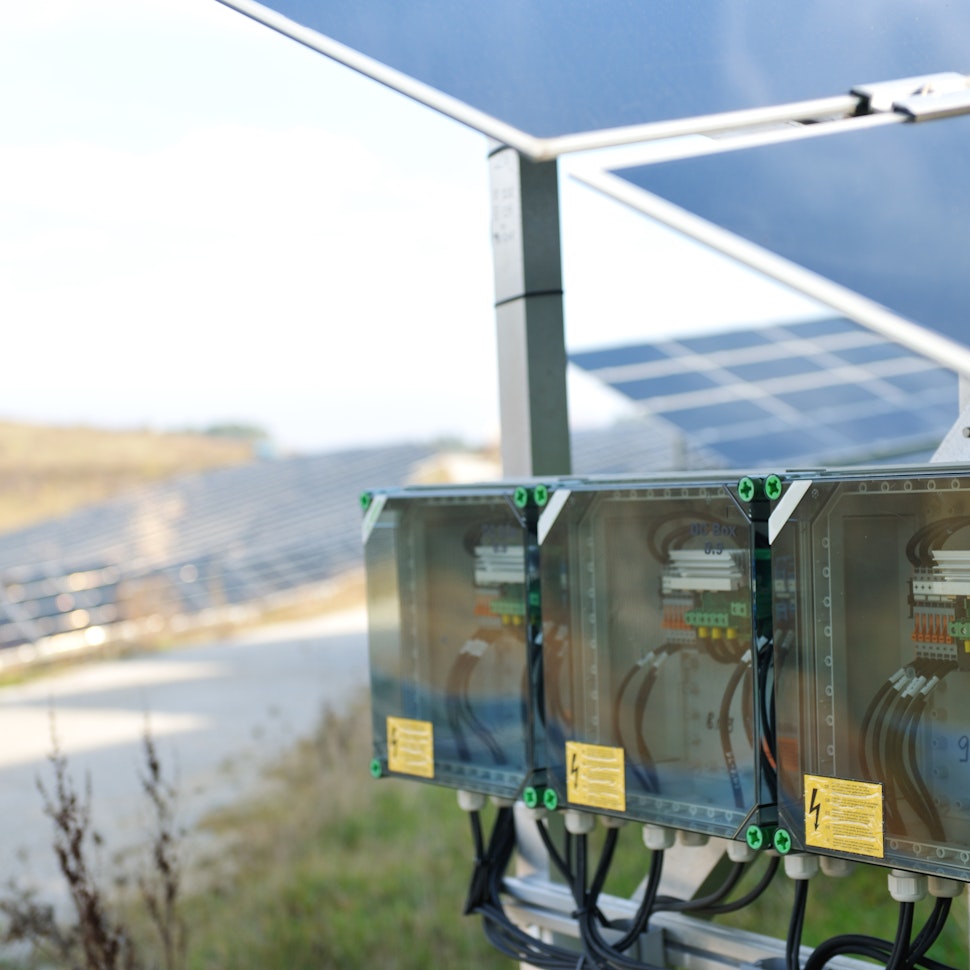
Related posts
Technology and engineering
The rise of ultra-thin perovskite solar cells
Learn about Japan’s $1.5B initiative to commercialize ultra-thin, flexible perovskite solar cells and how it could transform the solar landscape globally.
Updated 30 SEP, 25

Technology and engineering
The green hydrogen boom in LatAm
Latin America is emerging as a green hydrogen leader. Learn how LatAm countries are leveraging solar and wind power to drive green hydrogen production.
Updated 22 JUL, 25
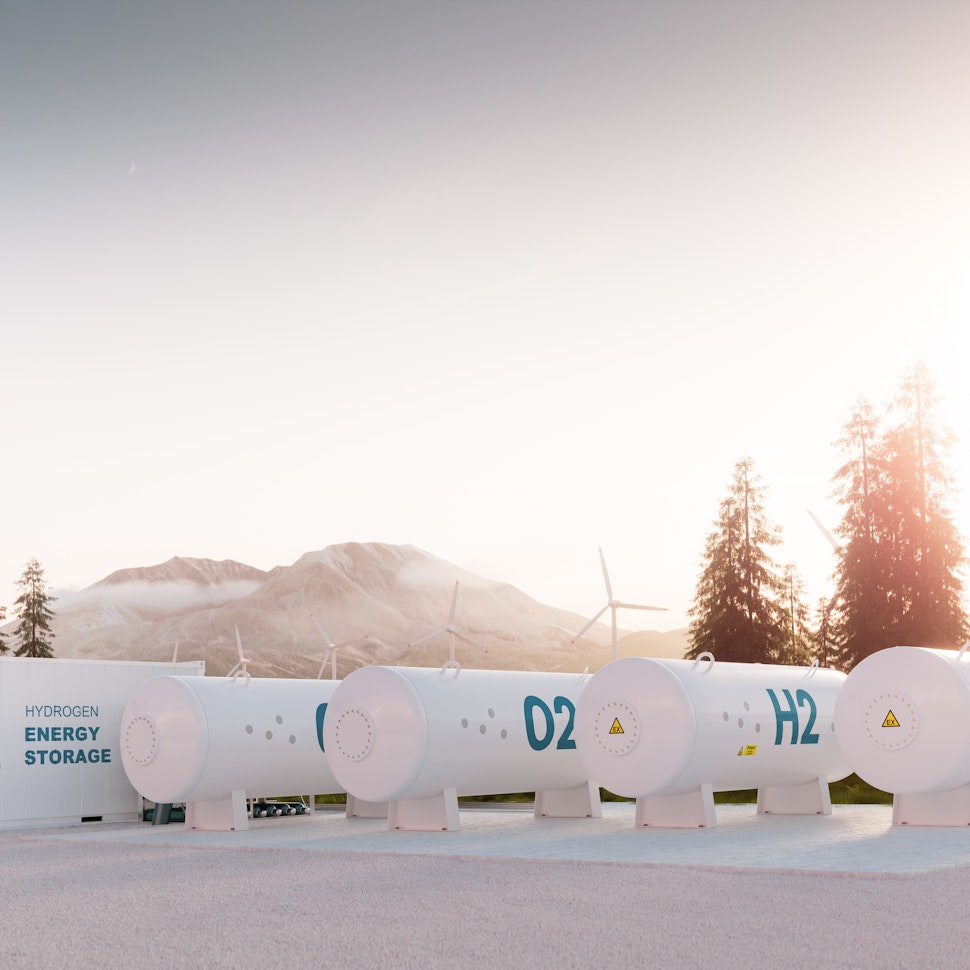
Technology and engineering
Innovation in renewable energy: Developments expected in 2025
We look at the 10 biggest renewable industry developments that are making a green future possible, including perovskite solar cells, green hydrogen, and more.
Updated 18 MAR, 25

- RatedPower
- Glossary
- S
- Substation
 Watch a demo
Watch a demo Ask our AI Product Expert
Ask our AI Product Expert

